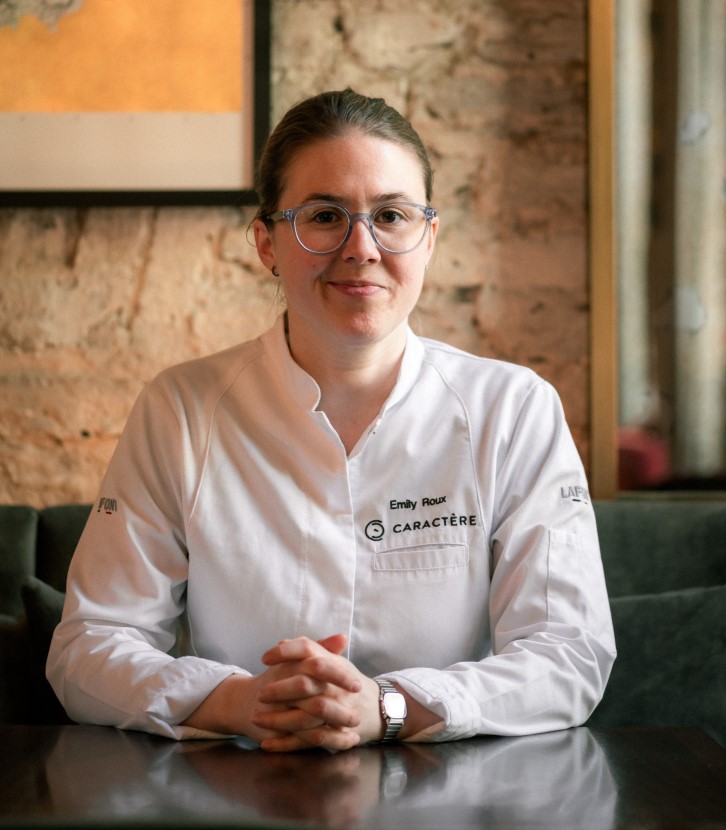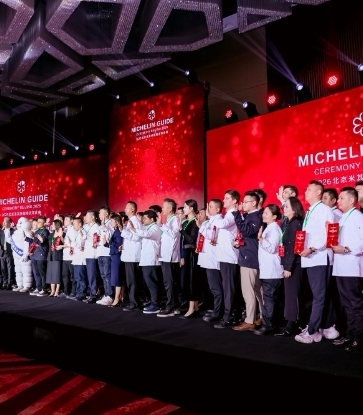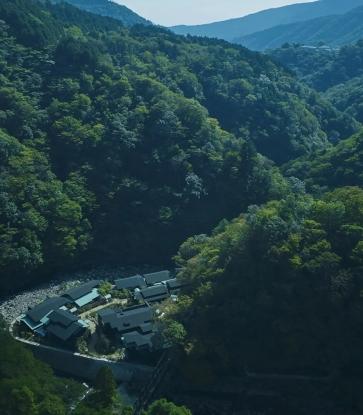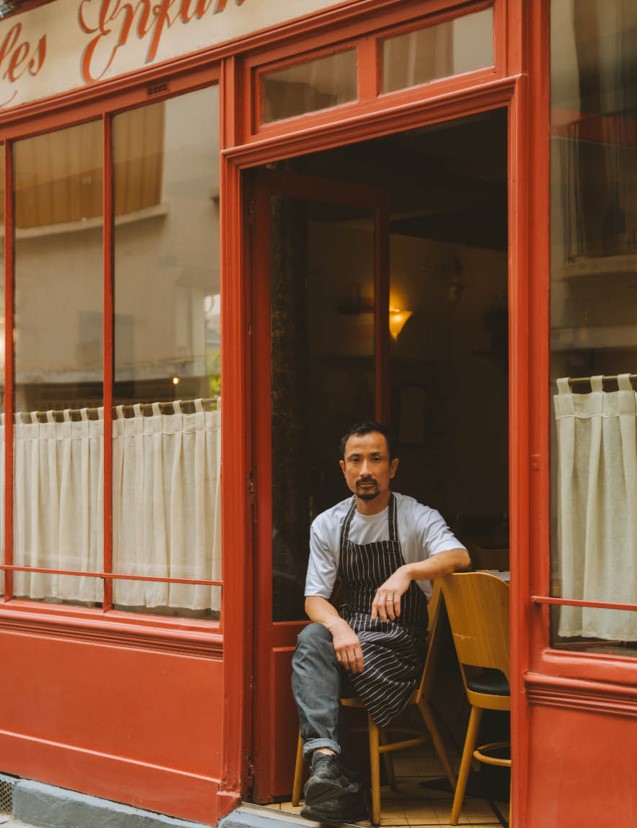Omotenashi is Japanese hospitality and has its root in tea ceremony where every action in the ritual is a graceful dance performed wholeheartedly and transparently. Indeed, Kashiwaya was borne out of his passion for tea ceremony and the desire to capture the Japanese art of living over the course of a meal or even in a single dish.

In 2015, chef Matsuo began looking to open a second restaurant, and although Tokyo felt like the most natural option, doors opened for him in Hong Kong. “It takes 3 hours to Tokyo by Shinkansen, and 4 hours to Hong Kong by air from Osaka,” he shares. “Either place, I needed to send someone who I trusted enough as the head chef.”
When Kashiwaya finally opened its doors in Hong Kong in 2015, the culinary world watched with bated breath to see if Matsuo’s protégé would lead the Hong Kong outpost to glory as well. He did. In 2016, Kashiwaya Hong Kong received not one, but two Michelin stars.

From the cutlery to the kitchen utensils and ingredients used, everything was brought over from Osaka and Takahashi also made sure to carefully follow the Kashiwaya philosophy of creating seasonal menus showcasing the freshest produce in beautiful and delicious forms.

It hasn’t been all that easy to replicate everything in Hong Kong though. “I would say the biggest challenge was the water,” says chef Takahashi. “It was very difficult to make the dashi like we used to do in Osaka.” Dashi is a cornerstone of Japanese cuisine and requires meticulous attention to detail—down to the hardness of the water used to cook it. With some tweaking, he was able to produce a good dashi that received his mentor’s stamp of approval.





















